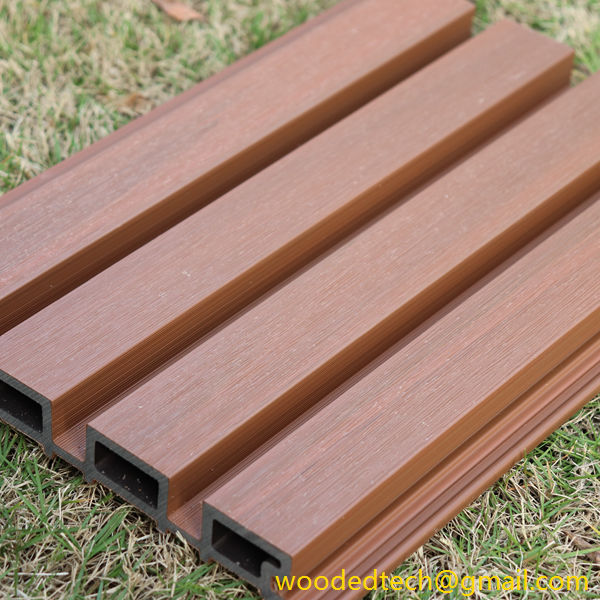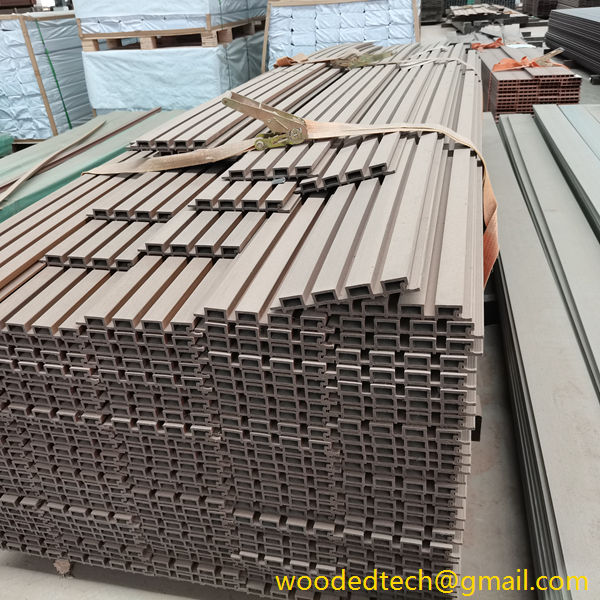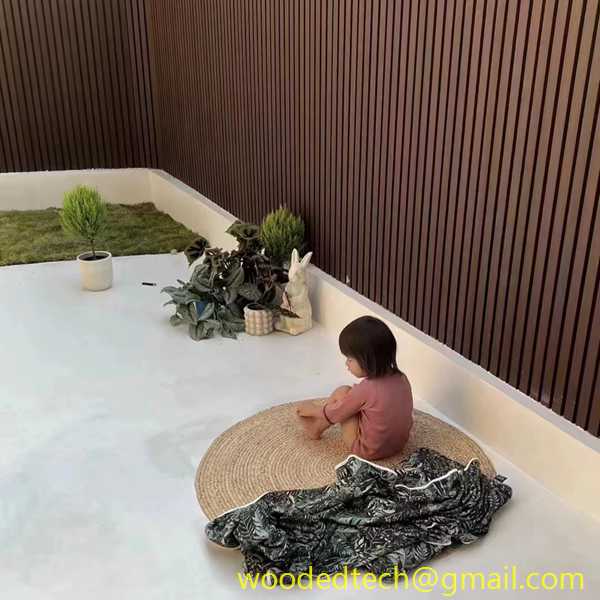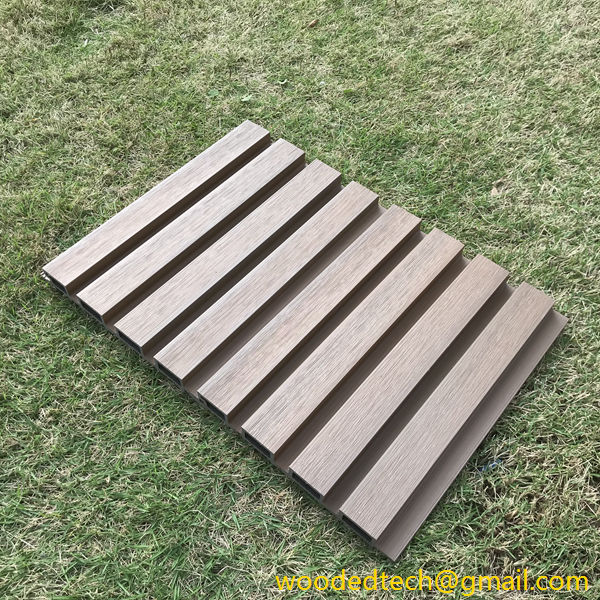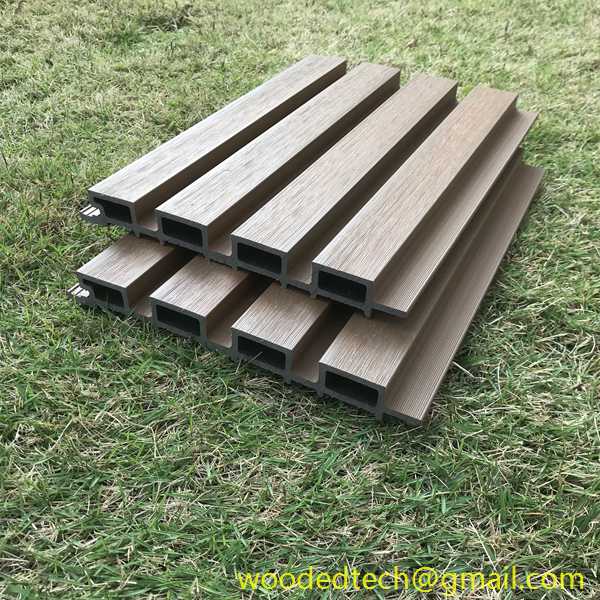Understanding Wall WPC Wood Panel and Its Aesthetic Appeal
Wall WPC wood panels have gained significant popularity in contemporary interior design due to their unique blend of aesthetic appeal and practical benefits. WPC stands for Wood Plastic Composite, a material that is made from a combination of wood fibers and thermoplastic resins. This innovative material offers a plethora of advantages that make it an ideal choice for wall coverings in both residential and commercial spaces. In this article, we will explore the installation and maintenance of WPC wood panels while considering their aesthetic value.
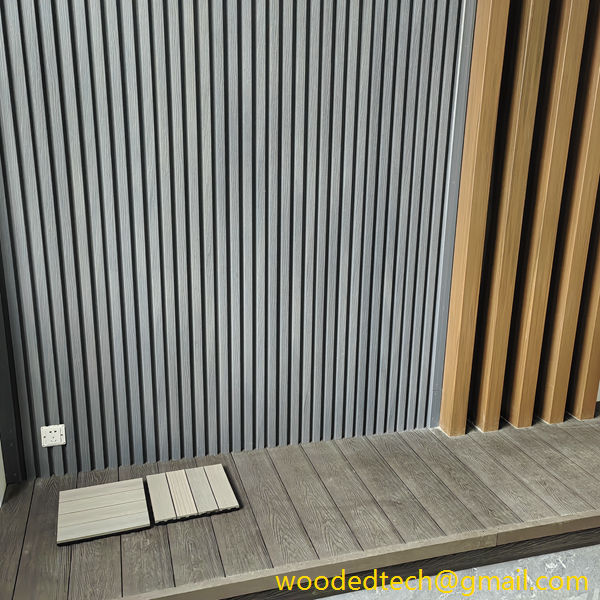
One of the most appealing aspects of WPC wood panels is their versatility in design. Available in various textures, colors, and finishes, they can mimic the look of natural wood while providing added durability. This versatility allows homeowners and designers to create a wide range of aesthetics, from rustic to modern. When selecting WPC panels, it is essential to consider the overall design theme of the space to ensure a cohesive look.
From an installation perspective, WPC wood panels offer several advantages. One of the most significant benefits is their lightweight nature, which simplifies the installation process. Unlike traditional wood panels, which can be heavy and cumbersome, WPC panels can be easily handled by one or two individuals. This characteristic not only reduces labor costs but also minimizes the time required for installation.

The installation process typically begins with preparing the wall surface. It is crucial to ensure that the wall is clean, dry, and free from any debris or imperfections. Any pre-existing wallpaper or paint should be removed to allow for a proper bond between the WPC panels and the wall. If the wall has significant irregularities, it may be necessary to apply a leveler or a similar compound to create a smooth surface.
Once the wall is prepared, the installation of WPC panels can commence. Depending on the design and layout, the panels can be installed using adhesive, screws, or a combination of both. For adhesive installation, applying a high-quality construction adhesive to the back of the panels ensures a strong bond. It is vital to follow the manufacturer’s guidelines for the type of adhesive to use and the application technique to achieve optimal results.

In some cases, especially when installing panels in high-traffic areas or where additional security is needed, screws may be used to secure the panels to the wall. Pre-drilling holes in the panels can help prevent splitting and ensure a snug fit. It is important to choose screws that are appropriate for the thickness of the panels and the wall material.
After installation, attention must be given to the finishing details. This may include adding trim or molding to cover seams and create a polished look. Proper sealing of the joints is also essential to prevent moisture infiltration, which can compromise the integrity of the panels over time.
Maintenance of WPC wood panels is relatively straightforward, making them an attractive option for busy households and commercial spaces. Unlike traditional wood, WPC panels are resistant to moisture, decay, and pests, which reduces the need for regular maintenance and treatment. However, periodic cleaning is necessary to maintain their appearance. A simple mixture of mild soap and water can be used to wipe down the panels. Avoid using abrasive cleaners or harsh chemicals, as these can damage the surface finish.
One of the key advantages of WPC wood panels is their durability. They are designed to withstand the test of time, making them a cost-effective investment for any space. However, it is still important to monitor for any signs of wear or damage. If a panel becomes scratched or stained, it can often be repaired by lightly sanding the affected area and reapplying the finish. In cases of significant damage, individual panels can be replaced without needing to overhaul the entire wall.
In terms of aesthetic appeal, WPC wood panels can transform a room’s ambiance significantly. Their ability to mimic natural wood allows for the incorporation of warm, organic elements into modern designs. Whether used in living rooms, offices, or commercial establishments, WPC panels can evoke feelings of comfort and sophistication.
In conclusion, understanding wall WPC wood panels involves appreciating their installation and maintenance aspects alongside their aesthetic appeal. With their ease of installation, low maintenance requirements, and versatile design options, WPC panels represent a perfect fusion of functionality and beauty. As more people seek sustainable and visually appealing materials for their spaces, WPC wood panels are poised to remain a popular choice in interior design for years to come.

